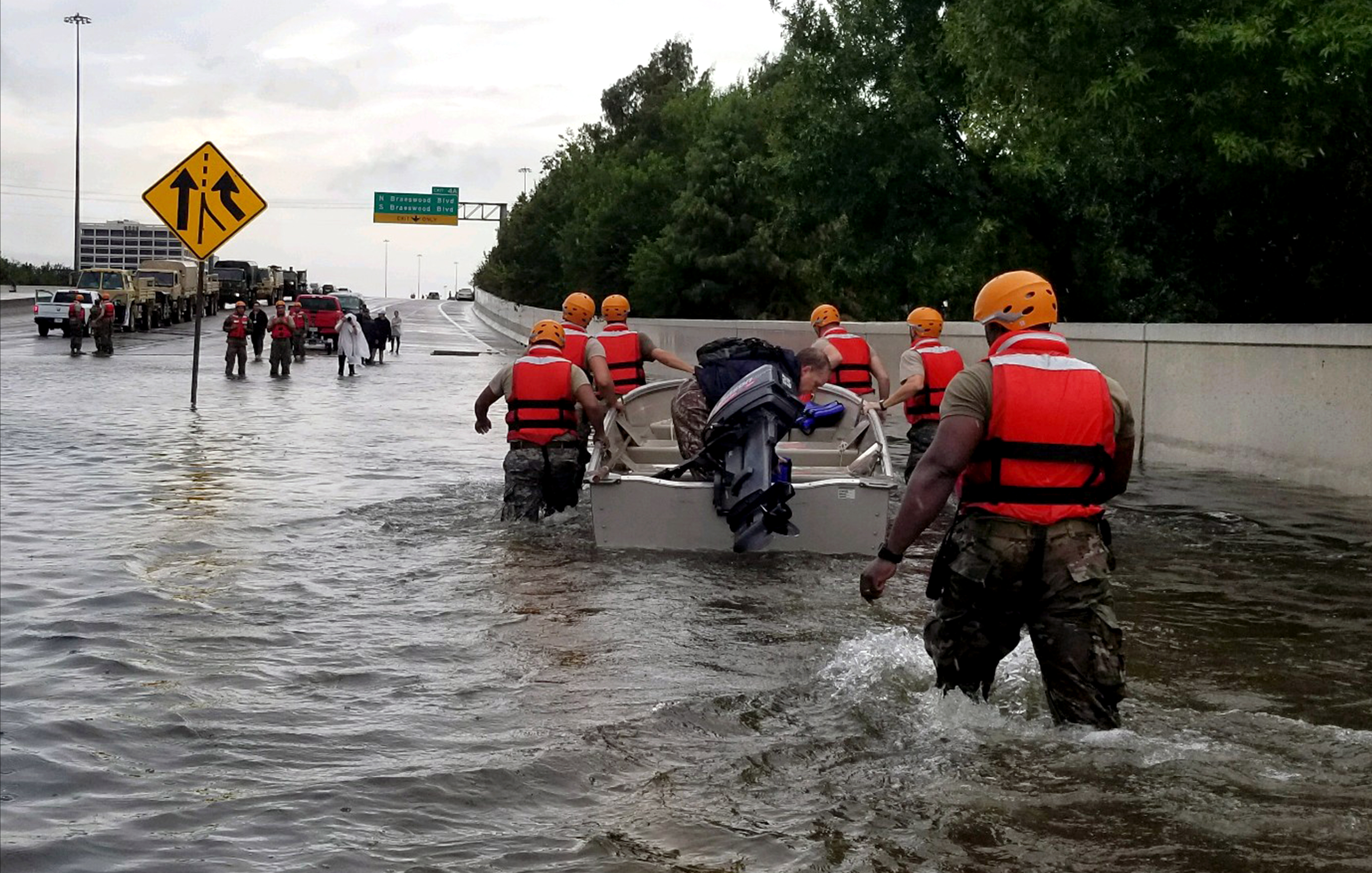The Wrack
The Wrack is the Wells Reserve blog, our collective logbook on the web.
The Wrack is the Wells Reserve blog, our collective logbook on the web.

There we were on August 21st, millions of us, wearing our cardboard glasses and staring at the sky. At exactly the right time, many of us were in exactly the right place to witness an awesome spectacle. The stars came out in the day. The Sun turned into a big black hole, ringed by fire. A collective “whoa” raced 2,000 miles, along a 70-mile-wide strip, from sea to shining sea. For those in the path of totality, the Great American Eclipse of 2017 was spectacular.
Thank you for putting on such a good show, Mother Nature, for free. And as wonderful as the eclipse was, many of us were just as delighted by the spirit of the event. Sky watchers at the Wells Reserve at Laudholm, looking through pinhole viewers at the mere 60% eclipse here in Southern Maine, reported a bonhomie and shared feeling of awe that has seemed absent from our polarized country of late. That a simple and predictable act of celestial coincidence could unite spectators in red states and blue, rich and poor, black and white, is marvelous. I’m already making my travel plans to witness the Great Millinocket Eclipse on April 8, 2024, at 3:33pm.
That’s right: science already knows exactly where the next total eclipse will fall. Northern Maine will be the place to be (weather permitting, because sunshine is never a guarantee up in The County in early April). Eclipse prediction is just a matter of [relatively] simple physics. Do the math and the world is yours.
But given what happened a week after that great eclipse, torrential Hurricane Harvey in Texas, one does start to wonder about the limits of our knowledge and our powers of prediction. Did we know how bad it was going to be for Houston?
Astronomers deal with massive spheres soaring through the vacuum of space, pushing and pulling on each other reliably through the easily calculable inverse square law of gravity. Climate science and meteorology, which study the effects of land, water, sun, and air on each other, contain far more uncertainty. There are way more moving parts, and their interactions are not nearly as well understood as the motions of the solar system.
And yet more than a week ago forecasters knew that a little tropical depression off the tip of Mexico, if it followed the right path, could get very bad, very fast. Computer models, which nailed eclipse times down to the second, also predicted the hurricane’s winds and its multiple feet of rain for East Texas. Each year, we know more and more about our terrestrial world and its laws. What we’re learning is as terrifying as the eclipse was grand.
A number of factors combined to make Hurricane Harvey yet another perfect storm. “There is now so much evidence of increasing extremes that anyone who understands the science — or trusts the scientists in their government doing the research — should expect that [weather] records will continue to be broken,” wrote Stanford climate scientist Noah Diffenbaugh recently. This year is already the second-hottest year on record. The Gulf of Mexico was, this month, two degrees warmer than average; the link between warmer water and increased rainfall is well established.
Sea level is about two feet higher on the Texas Gulf Coast than it was 100 years ago, when settlement began there in earnest. The once-pastoral Houston area has become a sprawling urban landscape of roads, parking lots, and sidewalks. The rain on the Texas plains cannot drain: the ground cannot soak up the water, because the ground has been capped with asphalt. Our greatly expanded coastal communities are increasingly in the crosshairs of a loaded gun. We have created the gun that is pointed at us. So the science says.
The climatologists and meteorologists are being careful not to brag or spike the football this week. What’s happened to Texas is too catastrophic for that. (I admit a small bit of schadenfreude: researchers recently proved how ExxonMobil, over the last 40 years, helped to sow public doubt about the very climate science its own internal scientists were very certain of. ExxonMobil is headquartered in Houston, and while I hope for only the best for all employees and residents down there, I’m OK with a little flooding around that particular corporate campus.)
What most people are certain of is that this was an overdue storm, in an inadequately prepared place, and that this will not be the last major weather disaster we will see. The rescue and recovery is underway. (Don’t send clothes, send money. Bring a boat, if you’ve got one.) The rain has stopped in East Texas, but decades of repair are just beginning. The last insurance claims for Florida’s Hurricane Andrew, which hit in 1992, were closed out in 2014, twenty-two years later. Nature can inspire awe, in the case of a total eclipse, but its cataclysmic power is awful too.
Nik Charov is president of Laudholm Trust, the nonprofit partner of the Wells National Estuarine Research Reserve in Wells, Maine. His attempted monthly column, “Between Two Worlds,” ventures forth from the intersection of art and science, past and present, projection and prediction. More at wellsreserve.org/twoworlds.
The above was published in the Biddeford-Saco Journal Tribune Sunday edition, 9/3/2017, and The Beacon's 9/5/2017 issue.